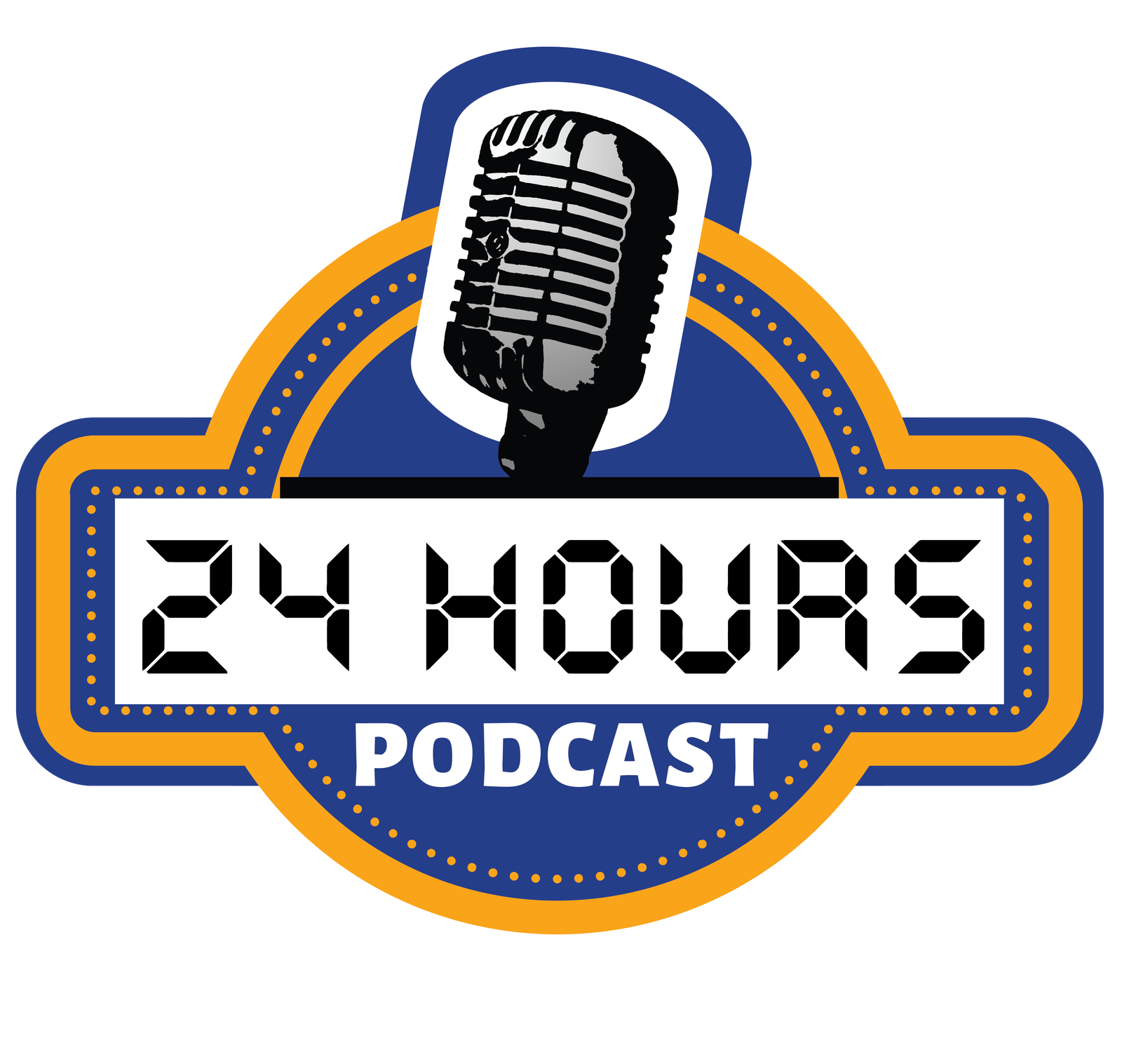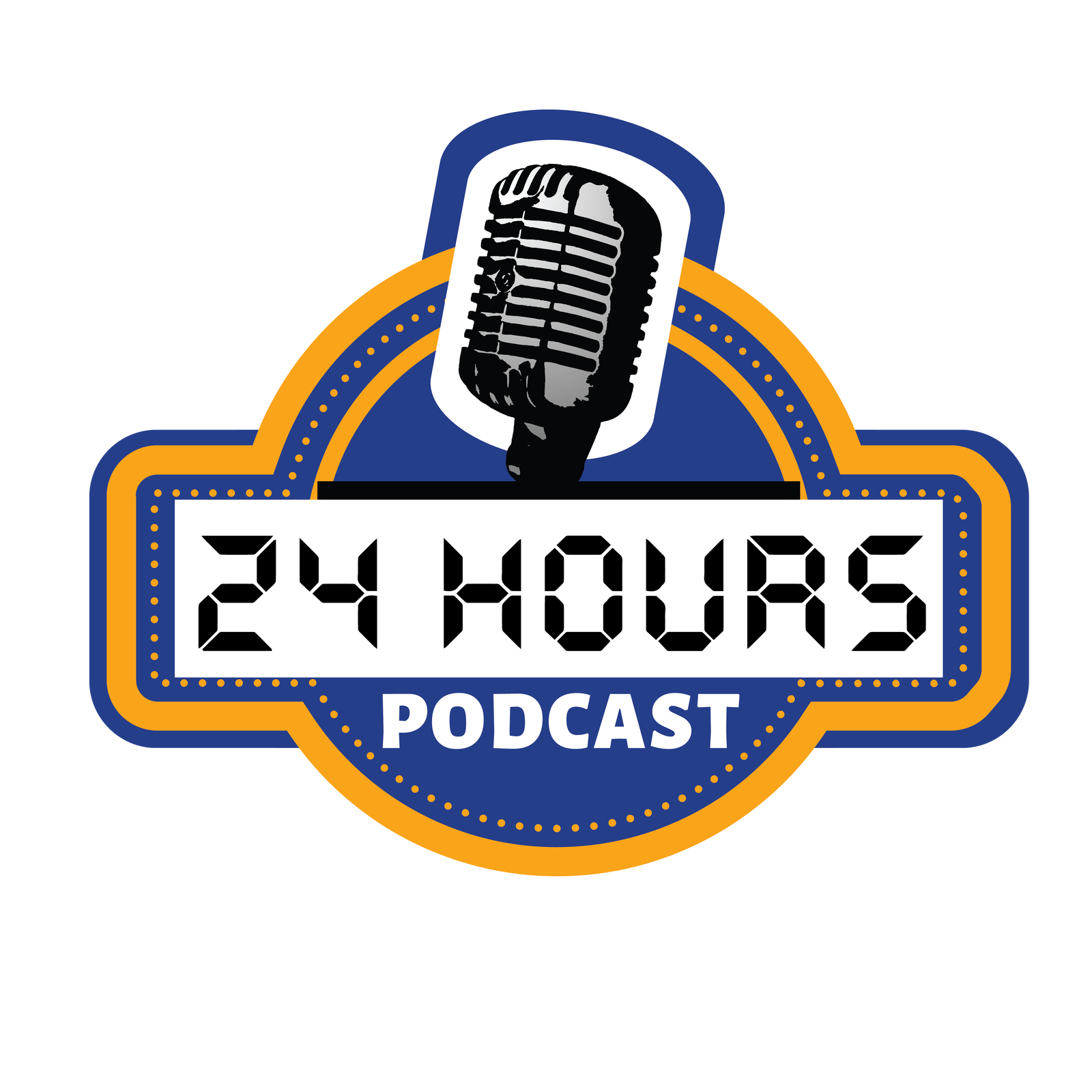Podcasts have become a powerful medium for brands and content creators to connect with their audience. However, choosing the right format is crucial to ensure your podcast resonates with your target listeners and aligns with your content goals. Let’s explore the different podcast formats and provide guidance on selecting the perfect one for your audience and objectives.
1. Interview-Style Podcasts
What is it?
Interview-style podcasts involve a host (or hosts) interviewing a guest on a specific topic. This format allows for diverse opinions and insights, as each episode features a new guest with a unique perspective.
When to use it:
- Goals: If your goal is to share expertise, build authority, or engage your audience with a variety of voices, an interview-style podcast is a great choice.
- Audience: This format appeals to listeners who enjoy learning from experts or hearing personal stories directly from individuals in your industry.
Example: If you run a business podcast, you could interview industry leaders, influencers, or customers to share their success stories or insights on current trends.
Tips:
- Prepare well-researched questions to keep the conversation flowing.
- Choose guests who can bring fresh and valuable insights to your audience.
2. Storytelling Podcasts
What is it?
Storytelling podcasts take listeners on a journey by weaving narratives together, often focusing on personal experiences, historical events, or fictional stories.
When to use it:
- Goals: If your goal is to captivate your audience emotionally and build a deeper connection, the storytelling format is highly effective.
- Audience: This format appeals to listeners who enjoy immersive content and emotional engagement through a narrative.
Example: A podcast that shares inspirational stories from entrepreneurs overcoming challenges or a fictional series can resonate deeply with an audience seeking entertainment or motivation.
Tips:
- Focus on creating a compelling arc with a clear beginning, middle, and end.
- Use sound effects and music to enhance the storytelling experience.
3. Panel Discussions
What is it?
Panel discussions involve multiple guests discussing a specific topic or issue. The conversation is usually moderated by a host, and panelists provide their views, leading to a rich, varied discussion.
When to use it:
- Goals: This format works well when you want to present multiple viewpoints, foster debates, or dive deep into complex subjects.
- Audience: Panel discussions attract listeners interested in in-depth, multi-faceted discussions where various perspectives on a topic are explored.
Example: A tech podcast could feature a panel of experts discussing the pros and cons of the latest technological innovation, with each guest offering a different stance.
Tips:
- Ensure the panelists are knowledgeable and articulate.
- A skilled moderator is essential to keep the discussion on track and ensure all voices are heard.
4. Solo Podcasts
What is it?
In a solo podcast, the host speaks directly to the audience without guests. It can range from sharing personal opinions and experiences to providing in-depth knowledge on a specific topic.
When to use it:
- Goals: This format is ideal for thought leadership, sharing expert knowledge, or building a personal brand.
- Audience: Solo podcasts appeal to listeners who are interested in your specific insights and expertise. It’s also great for niche topics where you want to establish yourself as an authority.
Example: A wellness coach could run a solo podcast offering actionable health tips, discussing mental health practices, or sharing motivational messages.
Tips:
- Keep the content focused and engaging—without guests, it’s important to hold your audience’s attention with compelling material.
- Structure your episodes well to avoid rambling or going off-topic.
5. Educational/Instructional Podcasts
What is it?
Educational podcasts focus on teaching the audience something new, often through step-by-step guides or informative discussions on a particular topic.
When to use it:
- Goals: This format works well if your goal is to educate, provide how-to guides, or offer tips on a specific subject.
- Audience: It’s perfect for audiences who are looking to learn new skills, develop professionally, or understand complex topics in an easy-to-digest format.
Example: A marketing podcast that provides weekly SEO tips, or a podcast teaching basic financial literacy to beginners, would fit this format.
Tips:
- Break down complex topics into simple, actionable advice.
- Consider adding supplemental resources (such as worksheets or infographics) for deeper learning.
6. Repurposed Content Podcasts
What is it?
This format involves converting existing content, such as blog posts, YouTube videos, or webinars, into podcast episodes. It’s a way to reach audiences who prefer audio content but don’t want to miss out on your expertise.
When to use it:
- Goals: Repurposed content allows you to extend the reach of your existing material and give your audience more ways to engage with your content.
- Audience: It’s suitable for busy listeners who may not have time to read your blog posts or watch your videos but are still interested in your insights.
Example: If you’ve published an in-depth whitepaper on a topic, you can create a podcast episode summarizing the key points.
Tips:
- Adapt the content for audio, ensuring it flows naturally and doesn’t feel like a direct reading of your written material.
- Add additional commentary or insights to provide extra value.
Choosing the Right Format for Your Audience
When selecting the perfect podcast format, consider the following factors:
- Audience preferences: Do they prefer learning from experts or personal stories? Are they looking for entertainment, education, or both?
- Content goals: Are you trying to educate, entertain, build authority, or engage in discussions? Each format serves different purposes.
- Production resources: Some formats, like interview or panel discussions, require more coordination and editing, while solo or repurposed content may be simpler to produce.
- Frequency and length: Shorter formats like solo episodes may work well for frequent publishing, while more involved formats (e.g., panel discussions) could be released less frequently but offer more depth.
Conclusion
Choosing the right podcast format depends on your audience’s preferences, your content goals, and your resources. By selecting a format that aligns with your objectives and resonates with your listeners, you can create a podcast that not only captures attention but also fosters long-term engagement. Whether it’s the conversational nature of interviews or the immersive experience of storytelling, the right format will set the stage for a successful podcasting journey.






